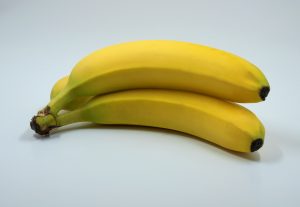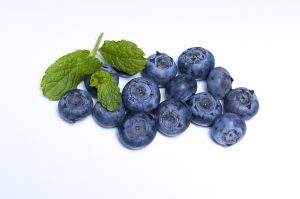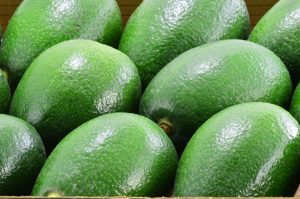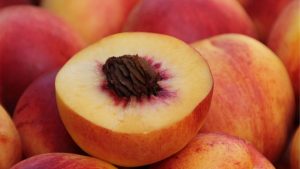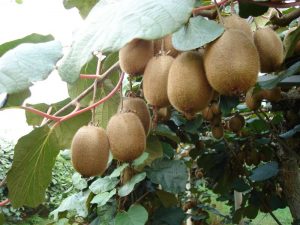Aragon, along with Extremadura, make up the main cherry producing regions, with a volume that reaches 41% of the entire country’s production, around 41.540 tonnes.
The drought, the transversal problem that is affecting all the Spanish fields, is also concerning the Aragon region, mainly the high altitude cherry plantations in the Calatayud area. Here, the plantations do not have any backup irrigation, meaning that the fruit develops thanks to the rainfall in the area. This year, the situation is becoming unsustainable. The trees are not sprouting, the production will fail and the trees could even die.
The enormous, plentiful Aragonese cherry production includes many, very different varieties, ranging from the earliest to the very late ones. Primulat, Burlat, Prime Giant, Corazón, Star Hardy, Somerset, Lapins and Sweet Heart are amongst these. The main difference amongst them is the harvest time. The season starts in the first weeks of the month of May, some even at the very end of April and it ends at the beginning of July.
Very precarious irrigation
Aragon and Catalonia form ‘the nursery for stone fruit’ in Spain and neither community is escaping from the urgent problem of water shortage. The restrictions are very tough and the earliest species need around 40,000 litres of water per hectare to be able to ‘fatten the fruit’, but the quotas established by the Irrigation Community of High Aragon are only 17,000 litres per hectare.
These circumstances are forcing the fruit growers to irrigate the late productions precariously and very little in order to ensure the successful conclusion of the first harvests that reach the markets.
To this water shortage have been added the weeks of high temperatures in April that meant that the trees transpired more and, in the case of cherries, the fruit has got soft.
Every year the Community of Aragon invoices around 327 million euros with a production of around 600,000 tonnes, in which cherries plays a leading role, not only in volume, but also in quality.











